Character Reference Letter Template for Court
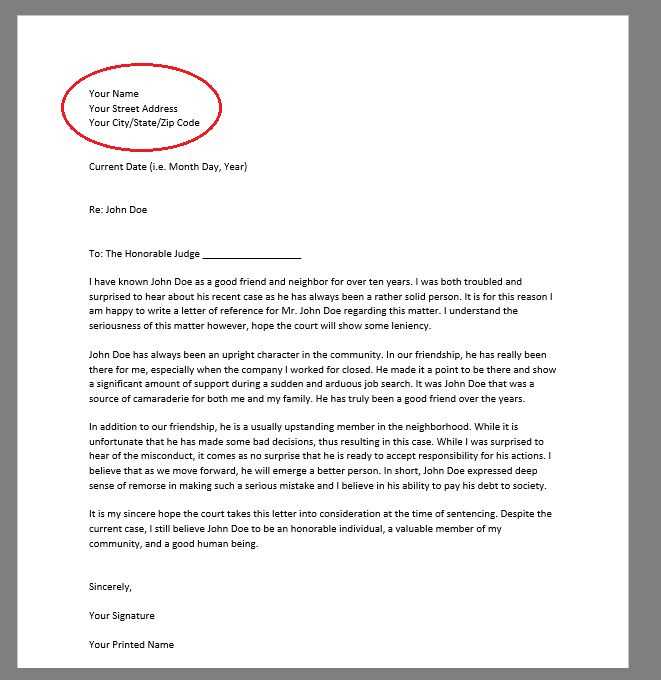
When involved in legal proceedings, having someone vouch for your character can make a significant difference. A well-crafted document, expressing your strengths and values, may influence the outcome of a case. This type of statement is often requested to help the judge understand your personal qualities and background in greater detail.
Creating a compelling and effective document requires careful thought and attention to the details. It should reflect the true nature of your relationship with the individual involved and highlight positive aspects that are relevant to the case. Knowing what to include, and how to phrase it, is essential to ensure the message is clear and impactful.
Approaching this task with a balance of professionalism and sincerity can help build a convincing narrative. It’s important to avoid exaggerations and instead focus on real examples that demonstrate the person’s character and integrity.
How to Write a Personal Statement
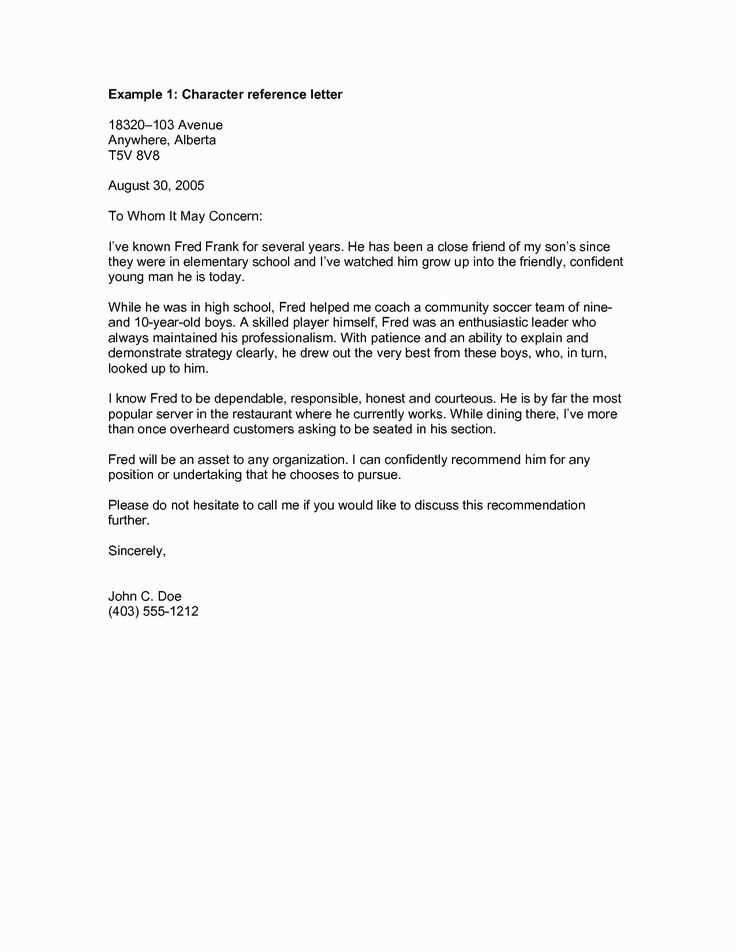
Writing a supportive statement for someone involved in legal matters requires a clear and thoughtful approach. The goal is to offer a true and honest depiction of the individual, highlighting their strengths and positive qualities that are relevant to the case. This document serves as a means to provide insight into the person’s life and character, beyond what can be observed in legal terms alone.
Begin by introducing yourself and describing how you know the individual. It’s important to establish the nature of your relationship and how long you’ve known them. This background helps the recipient understand the context of your observations and lends credibility to your account.
Next, focus on specific traits or actions that demonstrate the individual’s integrity, reliability, or other qualities that are pertinent to the case. Instead of general praise, offer real-life examples that show the person in action. This adds authenticity to your statement and makes it more compelling.
Understanding the Purpose of a Supportive Statement
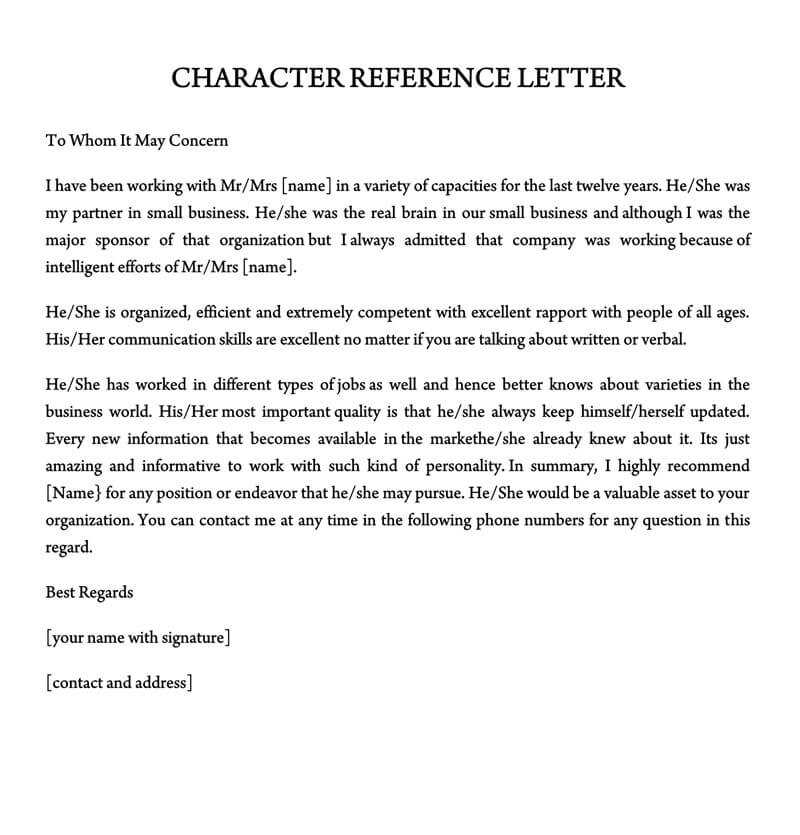
A supportive statement plays a crucial role in helping individuals involved in legal matters present a more complete picture of who they are. It is an opportunity for someone familiar with the person to provide insight into their personal qualities, actions, and integrity, offering a more human perspective beyond the legal proceedings. This type of document can influence the outcome by showing the person’s true nature and character.
The main purpose of such a statement is to assist the judge or legal authority in understanding the individual beyond the facts of the case. It highlights qualities like reliability, honesty, and trustworthiness, and can help portray the individual in a positive light. This document helps demonstrate that the person is more than just their involvement in the case.
Key Elements of a Supportive Statement
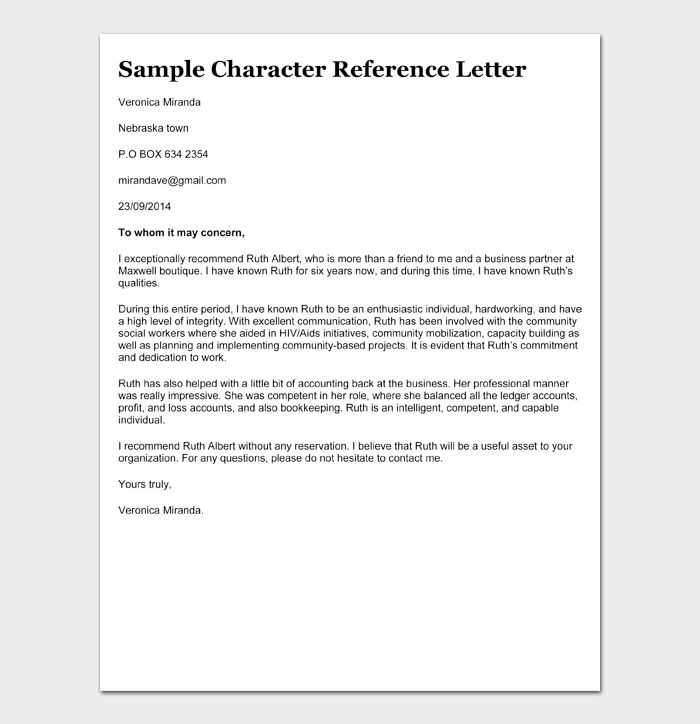
When crafting a document meant to vouch for someone’s integrity, it’s essential to include specific components that help convey the individual’s true nature. These elements provide structure and ensure that the statement is both effective and relevant. A well-organized submission will cover essential aspects of the person’s life, highlighting the qualities that are most pertinent to the situation at hand.
Here are the key elements to include in such a statement:
- Introduction: Start by briefly introducing yourself, explaining your relationship with the individual, and how long you’ve known them.
- Personal Qualities: Focus on the traits that demonstrate the person’s integrity, such as reliability, responsibility, or kindness.
- Real-Life Examples: Offer specific instances where the individual displayed positive behavior or acted honorably in different situations.
- Conclusion: End by summarizing why you believe the person’s qualities are significant and reaffirm your support for them.
These components together create a comprehensive view of the individual’s character, providing useful context for any decision-making process. Including personal examples enhances the credibility of your statements, making them more meaningful and persuasive.
What to Include in Your Statement
When writing a statement to support someone in legal matters, it is essential to include specific details that accurately reflect the individual’s qualities and actions. A well-rounded document will provide a clear view of the person’s character, demonstrating why they are deserving of consideration. Every section should contribute to presenting the person in the best possible light, while maintaining honesty and sincerity.
Personal Background
Start by providing a brief introduction about your relationship with the person. Include how long you’ve known them and in what capacity, as this helps establish the context of your observations.
Key Traits and Positive Qualities
Focus on the individual’s personal qualities that are relevant to the case. These should be qualities such as trustworthiness, responsibility, or kindness, supported by examples of their behavior or actions.
| Section | Description |
|---|---|
| Introduction | Briefly introduce yourself and explain your relationship with the person. |
| Positive Traits | Focus on qualities that highlight the person’s strengths and character. |
| Real-Life Examples | Provide specific situations where the individual demonstrated positive behavior. |
| Conclusion | Reaffirm your belief in the person’s integrity and summarize why they should be supported. |
By including these elements, your statement will provide a comprehensive and persuasive portrayal of the individual, ensuring it is both meaningful and relevant to the case.
Formatting Tips for a Legal Support Document
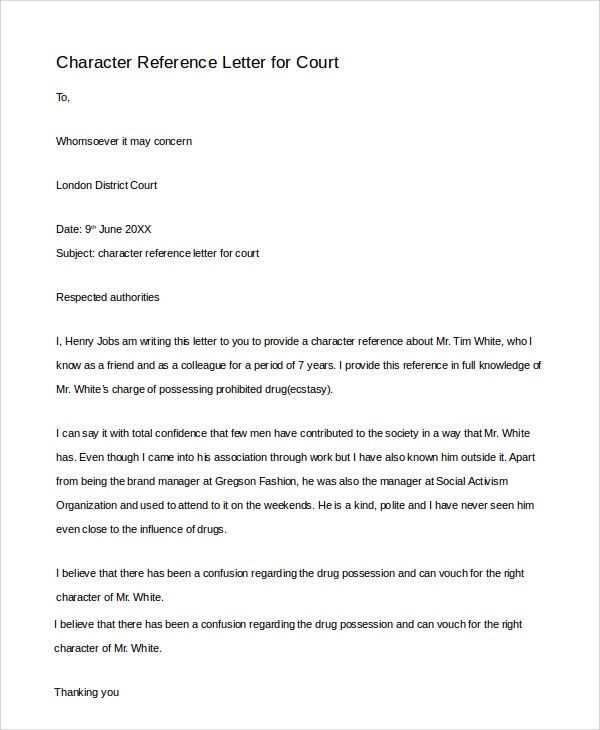
Presenting your document in a clear and professional format is crucial for making a strong impression. The way the content is structured not only impacts its readability but also the perception of the person writing it. A well-organized submission enhances its credibility and ensures that the information is easily understood by those who read it.
Here are some formatting tips to consider when preparing your supportive statement:
- Use a Clean Layout: Keep the text organized with a clear introduction, body, and conclusion. Use paragraphs to break up large blocks of text and make it easier to read.
- Choose an Appropriate Font: Stick to standard fonts like Arial or Times New Roman, with a font size of 11 or 12 for readability. Avoid decorative fonts that could distract from the message.
- Maintain Proper Margins: Ensure that the document has standard margins (1-inch on all sides) to give it a neat and professional look.
- Keep It Concise: While providing enough detail, make sure your statement is clear and to the point. Avoid unnecessary information or long-winded explanations.
- Proofread Carefully: Double-check for any spelling, grammar, or punctuation errors. A polished document will make a much stronger impact.
By following these guidelines, you can ensure that your document not only conveys the intended message but also presents it in a professional and easy-to-read manner, which can have a significant influence on its effectiveness.
Best Practices for Layout and Structure
When creating a document to support someone in a legal context, the way the content is organized plays a significant role in how effectively it communicates the intended message. A well-structured submission ensures that the information is clear, easy to follow, and impactful. By adhering to best practices for layout, you can make sure your document is both professional and persuasive.
Organize the Content Clearly
Begin with a concise introduction that outlines your relationship with the individual, followed by specific examples that highlight their positive qualities. Make sure each section flows logically into the next to maintain a cohesive structure. Conclude by summarizing your support and reinforcing the individual’s character.
Ensure Readability and Professionalism
The layout should be clean and simple, with appropriate spacing between paragraphs and sections. Use headings to separate different parts of the content, making it easier for the reader to navigate. Stick to standard fonts, and avoid using excessive bolding or italics, which can detract from the seriousness of the document.
By following these practices, you ensure that your document is not only well-organized but also easy to read and professional in appearance, which can significantly enhance its impact.
Common Mistakes to Avoid
When preparing a document to support an individual in legal matters, it’s essential to avoid certain pitfalls that can undermine the effectiveness of your message. Even small errors can have a significant impact on the overall quality and perception of the document. Awareness of common mistakes can help ensure that the document remains focused, professional, and compelling.
Here are some frequent errors to steer clear of:
- Being Too Vague: It’s important to provide specific examples that showcase the individual’s strengths. Avoid general statements that lack depth or clarity.
- Over-exaggeration: While you want to highlight positive traits, ensure that the examples you provide are realistic and truthful. Exaggerated claims can reduce the document’s credibility.
- Using Informal Language: A supportive document should be formal and respectful. Avoid using casual language or slang that may make the document seem less professional.
- Focusing Only on One Aspect: Make sure to present a well-rounded picture by covering a range of qualities and behaviors that contribute to the individual’s character.
- Failing to Proofread: Always double-check for grammatical and spelling errors. A document with mistakes can give a negative impression and undermine your support.
Avoiding these mistakes will help you craft a more effective and polished document, increasing its potential to positively influence the intended outcome.
Errors That Can Hurt Your Letter’s Impact
When crafting a document to assist someone in legal proceedings, the content and delivery must be precise and impactful. Certain mistakes can significantly diminish the effectiveness of your support, making the document less persuasive or credible. It’s essential to be aware of the types of errors that can harm the overall impact of your submission.
Significant Mistakes to Avoid
There are specific errors that can weaken your message and detract from its intended purpose:
- Lack of Specificity: Vague or general statements fail to provide the reader with a clear understanding of the individual’s qualities. Use detailed examples to illustrate your points.
- Exaggerating Claims: Overstating qualities or making unrealistic claims can backfire. Stick to facts that you can verify and that reflect the truth about the person.
- Unprofessional Tone: A casual or overly familiar tone can make the document seem less serious. It’s crucial to maintain a respectful and formal tone throughout.
- Being Too Negative: Even if there are areas where the person could improve, it’s important to focus on their strengths. A letter that only emphasizes weaknesses may not be helpful.
Formatting Issues That Diminish Effectiveness
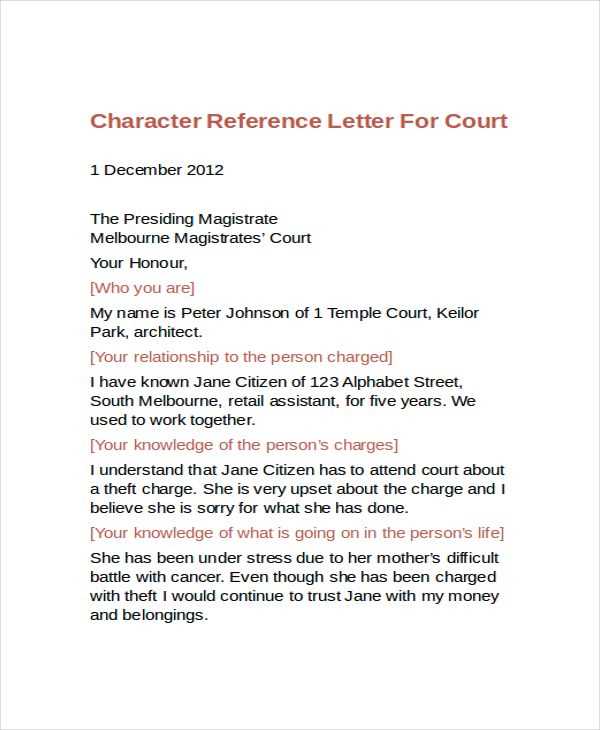
In addition to content errors, the way the document is presented can also affect its impact:
- Cluttered Layout: A disorganized format can make it difficult for the reader to follow your points. Ensure the document has clear sections and proper spacing for readability.
- Grammar and Spelling Mistakes: Simple errors in grammar or spelling can undermine the professionalism of the document. Always proofread before submission.
Avoiding these common pitfalls will ensure your document is compelling, professional, and more likely to have a positive influence on the decision-making process.